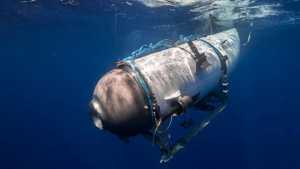Forensic marking to protect shipwrecks from thieves in England
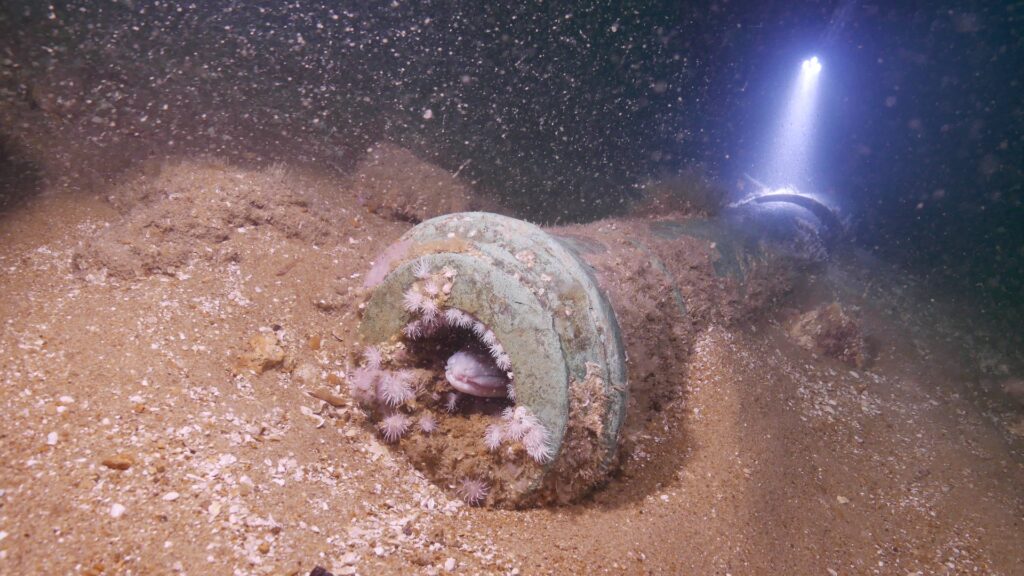
For the first time in the UK, Historic England is using new technology to forensically mark artefacts, deterring potential criminals from stealing treasures from shipwreck sites.
The scheme — a collaboration between Historic England, MSDS Marine, the Cultural Heritage Agency of the Netherlands (RCE) and partners — will involve forensic marking at 57 wreck sites nationwide, protecting important artefacts by ensuring they are traceable. Sites to be included in the project include the 17th-century Dutch warship, the Klein Hollandia, which was damaged in 1672 after a skirmish with the Royal Navy off the Isle of Wight and sank with Dutch and British sailors on board.
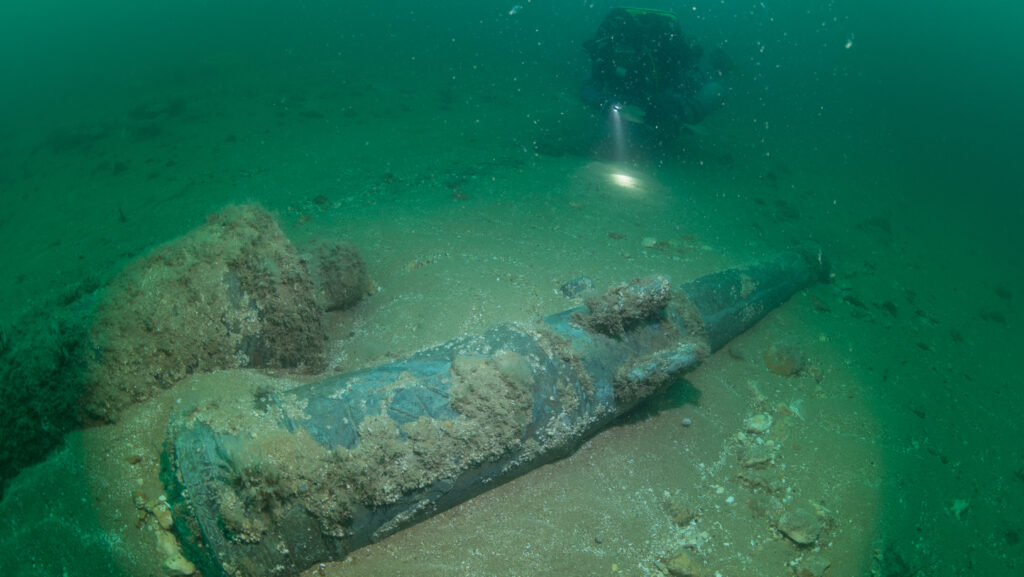
In 2021, damage to the wreck of Klein Hollandia was documented by divers from the Nautical Archaeology Society, which led to a joint decision by the Cultural Heritage Agency of the Netherlands (RCE) and Historic England to support further investigation of the wreck. They also agreed to continue to work towards new technology to make artefacts traceable.
Speaking about the new forensic marking system, Mark Harrison, head of heritage crime strategy at Historic England, says: “This will act as a clear deterrent to those looking to unlawfully lift and remove historic material from Protected Wreck Sites. If someone breaks the law and removes any property, the new markings will give police the ability to link the offender to the crime scene and implement criminal proceedings.”
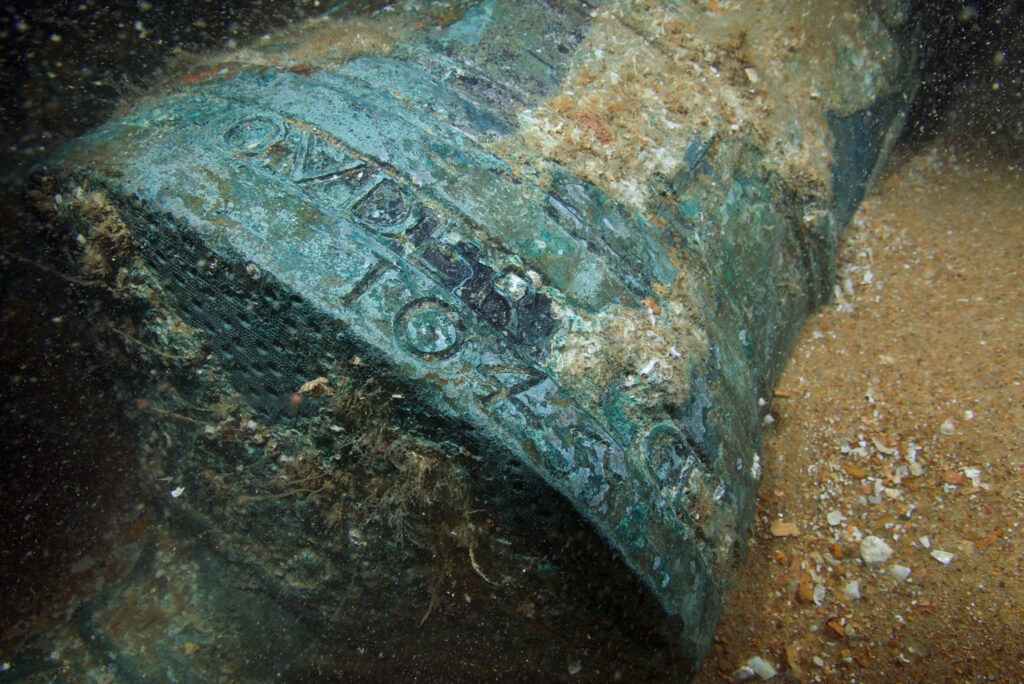
There are 37,000 known shipwrecks off England’s coastline, a legacy of Britain’s industrial past and over 6,000 years of maritime trade and warfare. The Protection of Wrecks Act 1973 grants the highest level of protection to 57 of them. This means that only licensed divers can dive them, and their contents are legally protected.
As well as managing the licensing of access to Protected Wreck Sites on behalf of the Department for Culture, Media and Sport (DCMS), Historic England provides grant funding for projects to secure the preservation of these sites.
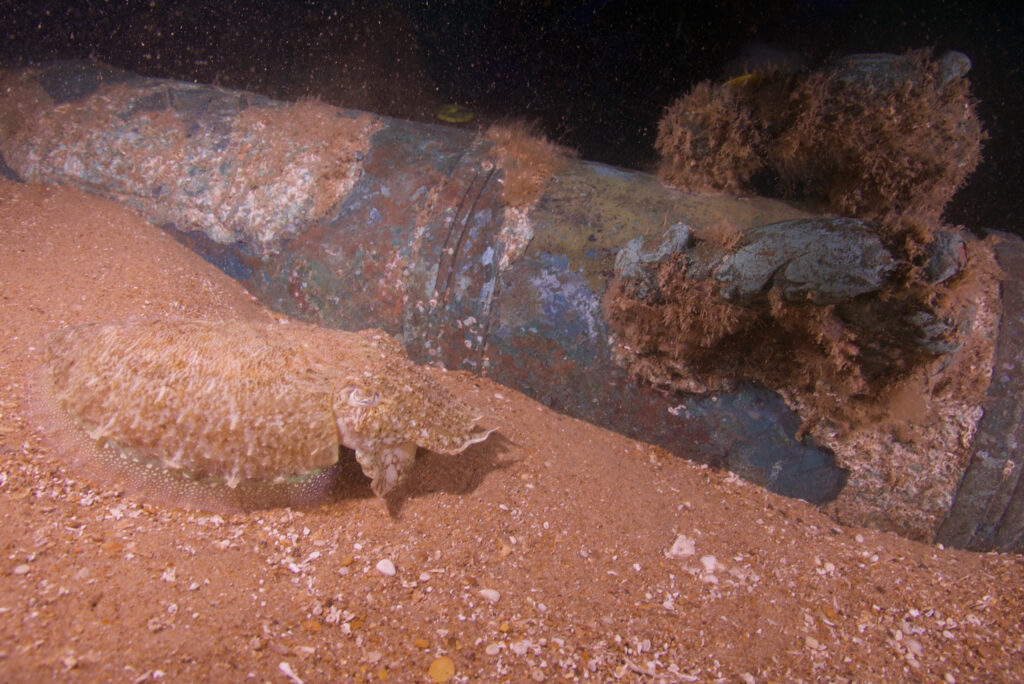
Funded by Historic England and the Cultural Heritage Agency of the Netherlands (RCE), the protective marking project was commissioned in 2018. MSDS Marine has been working since 2016 to develop a product for the forensic marking of historical material on Protected Wreck Sites. The product has been trialled on dives this summer and is similar to the kind of traceable products used to mark lead on church roofs at risk of theft and trace artefacts back to a particular site.
Duncan Wilson, chief executive of Historic England, said: “Our nationally important shipwrecks tell the story of England’s maritime past. Underwater forensic marking of artefacts is a great leap forward in helping to protect them.
“We are pleased to be working with the Cultural Heritage Agency of the Netherlands on this project and to further our research into the 17th-century Dutch warship Klein Hollandia. International collaboration like this is so important for preserving our shared maritime heritage.”
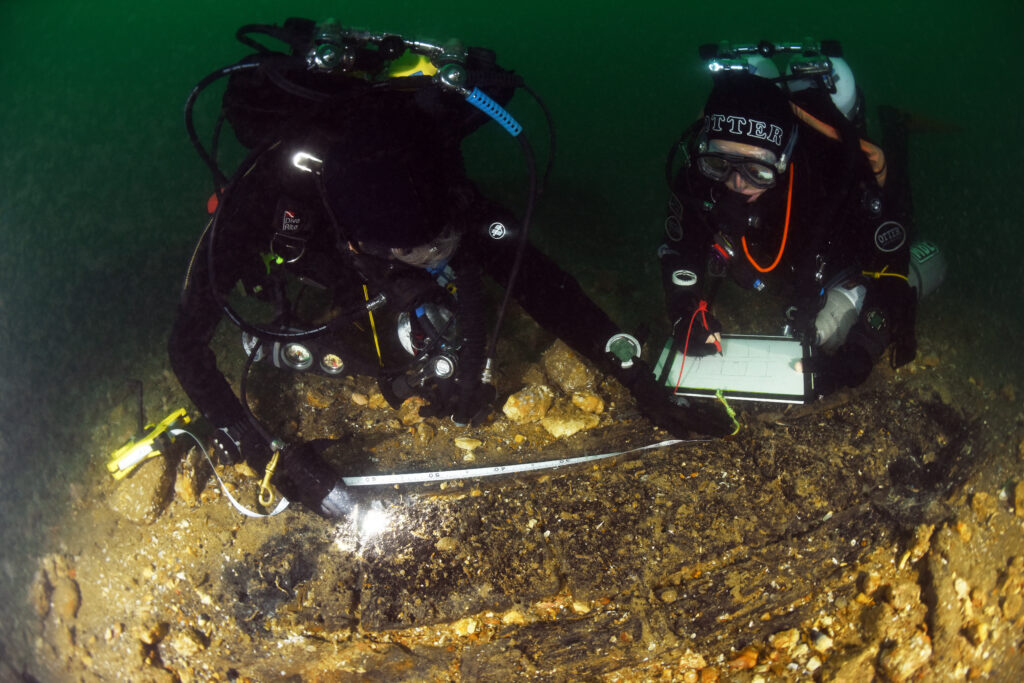
Martijn Manders, manager of RCE’s international programme for Maritime Heritage, adds: “We are confident that forensic marking will help protect important cultural heritage such as the wreck of the Klein Hollandia. Without this protection, this heritage will disappear. We appreciate the partnership with Historic England and MSDS Marine in developing this newest technique, working towards bringing offenders to justice together.”
Alison James, heritage and systems manager at MSDS Marine says: “This protective marking project is a game changer for maritime archaeology and how authorities protect sites underwater. [The year] 2023 is the 50th anniversary of the legislation that enables the protection of wreck sites, and it seems completely fitting that this product has finally been deployed to help protect them for the next 50.”
Discovered in 2019, the Klein Hollandia was considered so important that it was granted the highest level of protection in the same year. The wreck’s condition is remarkable and can offer a wealth of information about how 17th-century Dutch ships were built and the activities of the warship during its final voyage.
Archaeological remains of wrecks pre-dating 1700 are rare, and there is little surviving documentary evidence about how Dutch warships were built and modified over their lifetime. The Klein Hollandia saw a great deal of action at sea.
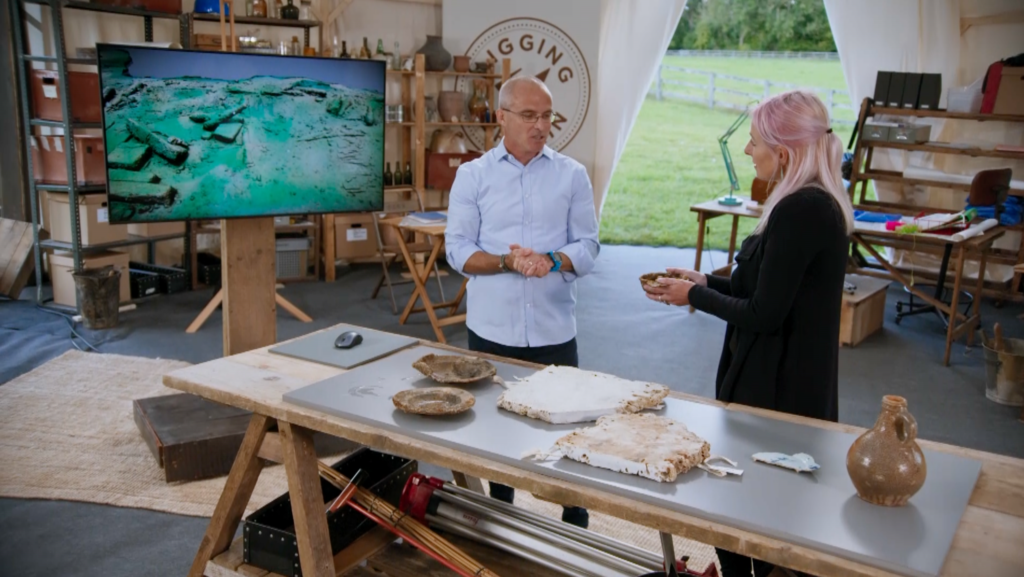
The latest dives, undertaken between 5-10 September 2023, provided an opportunity for maritime archaeologists to record and gather photographic evidence to research the surviving features of this historically important shipwreck, such as the unusual double layer of well-preserved Oak planking on its hull as well as possibly two additional layers of planking made from coniferous wood.
Mark Beattie Edwards, CEO of the Nautical Archaeology Society and licensee of the Klein Hollandia wreck site, adds: “We are very happy that the Klein Hollandia was chosen for the forensic marking project. Being so far offshore, it is vulnerable to illegal visits and recoveries. This new technology will give us peace of mind.”
Earlier this month, MIN reported on a new research project, which is attempting to detect and identify undiscovered Allied shipwrecks lost during the Dunkirk evacuation during World War II. The mission is being launched by Drassm – France’s Department of Underwater Archaeological Research – in partnership with Historic England.
Main image: A congor eel lurks inside a bronze gun found at the wreck site. Image courtesy of James Clark.


